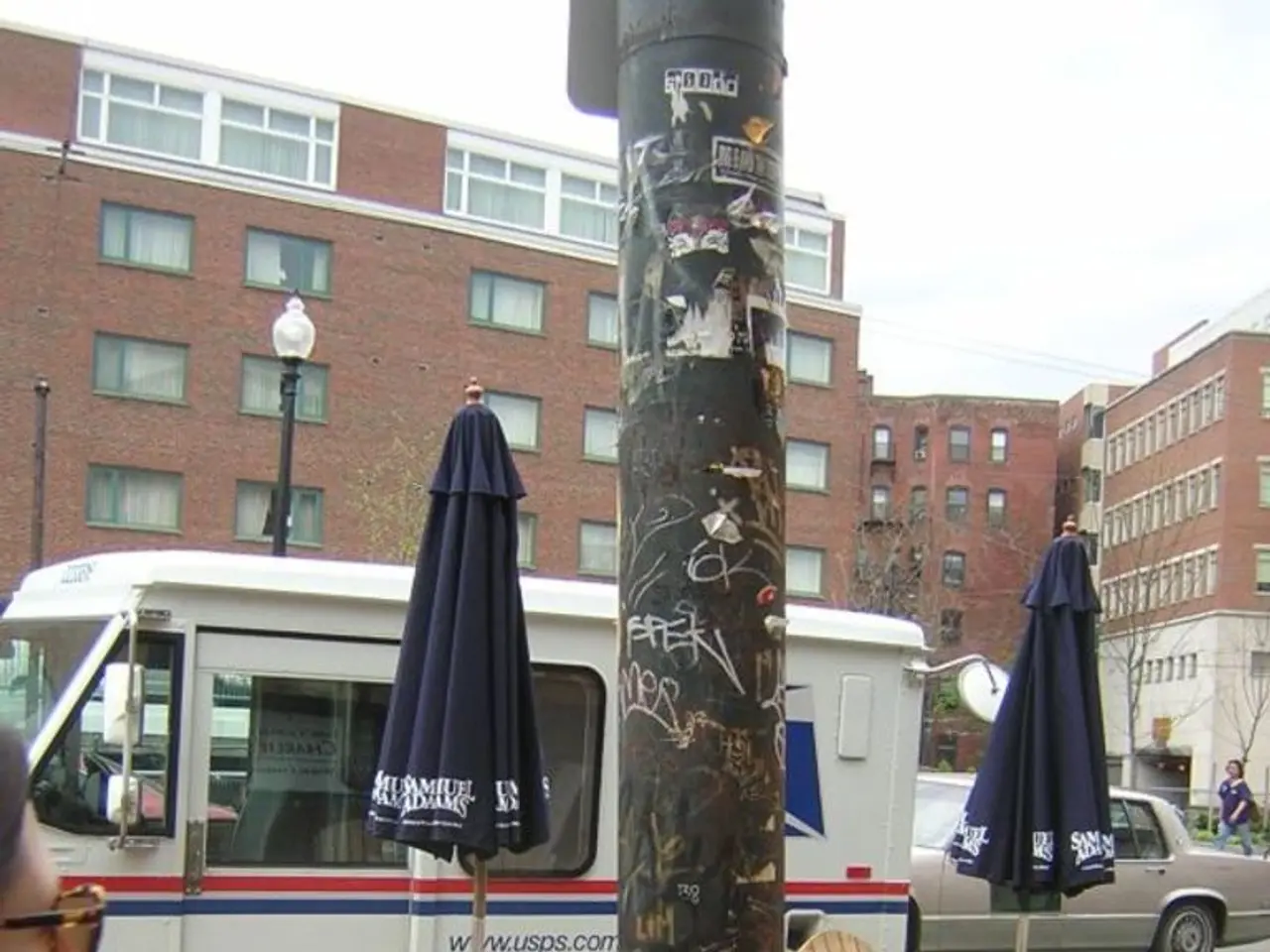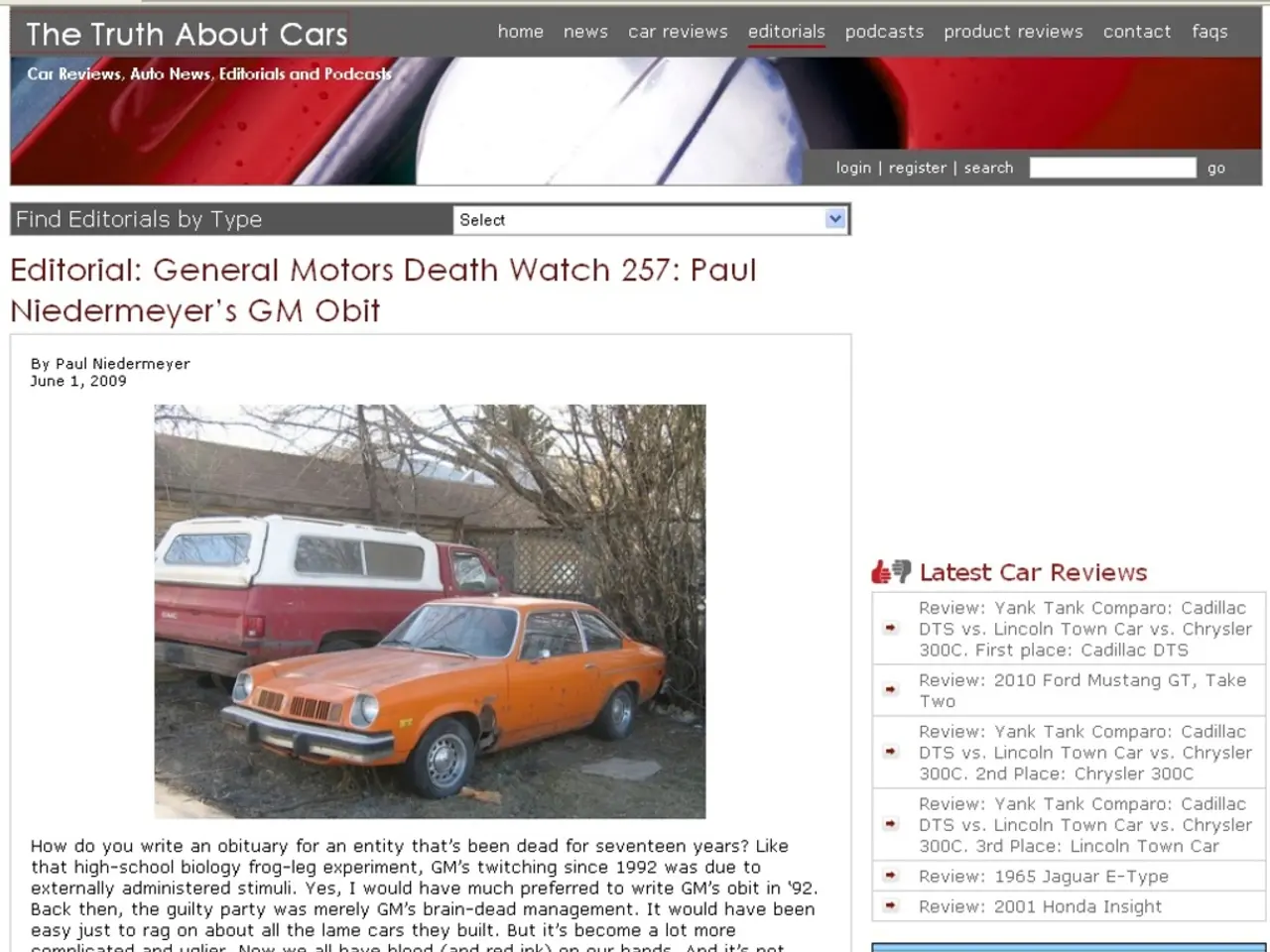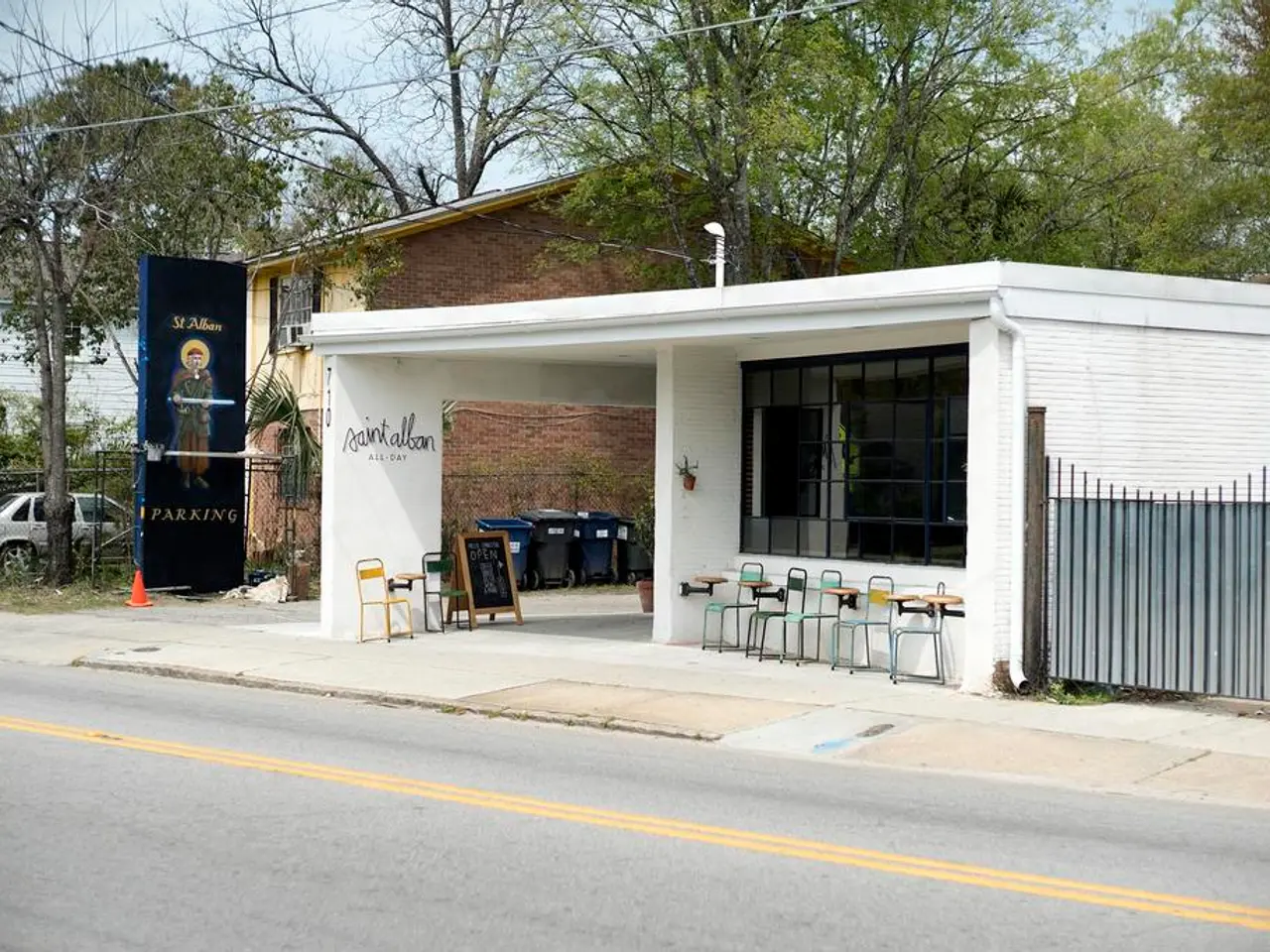Upgrading the park and ride infrastructure for contemporary needs
North Rhine-Westphalia (NRW), one of Germany's most developed federal states, is home to a network of Park & Ride (P+R) facilities that serve as crucial interfaces between private car traffic and public transport. These facilities are essential for promoting public transport and reducing car traffic, offering economic relief to commuters due to cost and time savings.
However, recent tests have shown that a quarter of these P+R facilities fail to meet expectations in terms of information provision, user comfort, safety, equipment, and accessibility. SPD state parliamentarian Sonja Bongers has emphasized the importance of high-quality standards for these facilities, proposing the definition of minimum standards for safety, equipment, and accessibility.
Bongers has also suggested the physical integration of mobility stations and P+R facilities to enhance their efficiency and attractiveness. She advocates for the expansion and modernization of existing P+R facilities in NRW, aligning with national standards that prioritize safety, equipment, and accessibility.
Well-lit parking areas, video surveillance, clear signage, and emergency communication points are standard to ensure user security. Modern P+R lots usually provide amenities such as real-time public transport information displays, electric vehicle charging stations, and secure bicycle parking to encourage multimodal transport. Compliance with Germany’s regulations on barrier-free access means P+R facilities include accessible parking spaces, ramps, tactile guidance systems, and connections to accessible public transit options.
NRW has been actively pursuing sustainable mobility solutions, including the enhancement of integrated transport hubs to reduce urban traffic congestion and emissions. This often includes upgrading P+R facilities with smart technology and better connections to public transit, such as buses and trains that increasingly employ greener technologies like electric or hydrogen fuel cells.
For precise, up-to-date standards and concrete modernization projects related to P+R in NRW, consulting official NRW regional transport authority publications or governmental infrastructure plans would be necessary. Surveys conducted alongside the 2023 tests revealed that cost and time savings were important arguments for commuters to switch to public transport for about half of the respondents.
Bongers' statement does not address the current state of P+R facilities' failure rates or mention any new surveys or test results. Nevertheless, her advocacy for higher standards and modernization is a step towards ensuring the efficiency and attractiveness of P+R facilities, making the switch to public transport more appealing for commuters.
The integration of mobility stations and P+R facilities, as suggested by SPD state parliamentarian Sonja Bongers, could enhance their efficiency and attractiveness, appealing more to commuters. Bongers also proposes defining minimum standards for safety, equipment, and accessibility to ensure high-quality standards for P+R facilities, aligning with national regulations that prioritize these aspects in transportation infrastructure.




